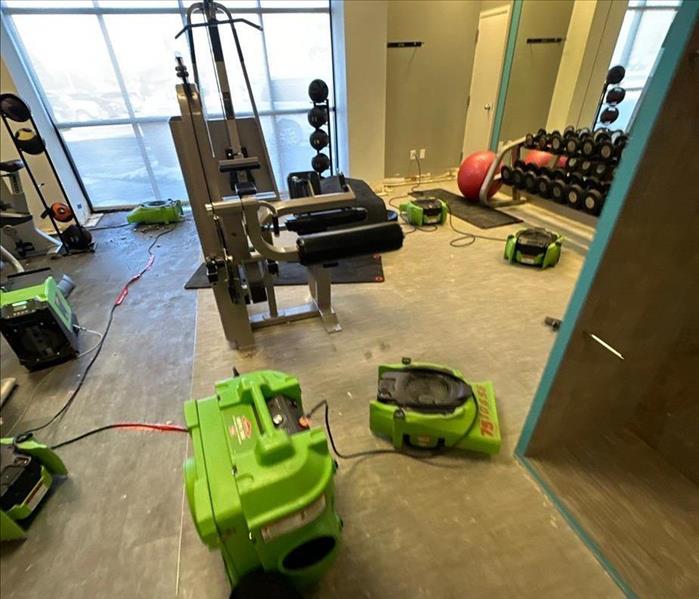Mold Removal vs. Mold Remediation: What's the Difference?
3/13/2024 (Permalink)
 When faced with mold damage in your home, it's essential to understand the difference between mold removal and mold remediation.
When faced with mold damage in your home, it's essential to understand the difference between mold removal and mold remediation.
When faced with mold damage in your home, it's essential to understand the difference between mold removal and mold remediation. While the terms are often used interchangeably, they signify two distinct approaches to addressing mold issues. In this article, we will explore the major differences between mold removal and mold remediation to help you make an informed decision when dealing with mold damage.
Mold Removal 101
Mold removal refers to the act of physically removing mold from surfaces in your home. This approach involves scrubbing or wiping away visible mold growth using cleaning agents or biocides. While mold removal may eliminate the visible mold, it does not address the underlying cause or prevent future mold growth. Here are a few key points to consider:
- Surface-Level Approach: Mold removal primarily focuses on the visible mold on surfaces such as walls, ceilings, or floors. The goal is to eliminate the mold to create a clean and aesthetically pleasing appearance.
- Limited Scope: Mold removal typically does not involve addressing the source of moisture that caused the mold growth. As a result, if the underlying moisture problem is not resolved, the mold may reappear over time.
- Risk of Mold Spores: During the removal process, the disturbed mold spores can become airborne and spread to other areas of your home, potentially leading to further contamination.
- Appropriate for Small-Scale Contamination: Mold removal is generally suitable for small, isolated areas of mold growth, such as a small patch on a bathroom wall.
Mold Remediation 101
Mold remediation takes a comprehensive and systematic approach to address mold damage in your home. It involves not only removing the visible mold but also addressing the underlying cause, preventing further spread, and restoring the affected area to its pre-damage condition. Here's what you need to know about mold remediation:
- Identification and Source Elimination: Mold remediation starts with a thorough inspection to identify the extent of mold damage and the source of moisture. Remediation professionals focus on fixing the underlying issue to prevent future mold growth.
- Containment and Prevention: To prevent the spread of mold spores, professionals establish containment measures using barriers and negative air pressure. This ensures that mold spores are contained within the work area during the remediation process.
- Mold Removal and Cleaning: Mold remediation includes safely removing and disposing of mold-contaminated materials. Specialized cleaning agents and techniques are used to thoroughly clean and sanitize the affected surfaces.
- Drying and Restoration: After removing the mold, the affected area is dried using professional-grade equipment. Restoration may involve repairing or replacing damaged materials to bring the area back to its original condition.
- Preventative Measures: To prevent future mold growth, remediation professionals may recommend implementing moisture control measures, improving ventilation, and maintaining proper humidity levels.
Mold Remediation vs. Mold Removal
While mold removal focuses on eliminating visible mold growth, mold remediation takes a more comprehensive approach by addressing the root cause, preventing further spread, and restoring your home. For significant mold damage or recurring mold issues, it's best to enlist the help of professionals like SERVPRO® who specialize in mold remediation. If you want a thorough, long-term solution to mold damage in your home, trust the experts to provide you with effective mold remediation services. Contact us today to schedule your mold remediation appointment and restore a safe and healthy living environment in your home.






 24/7 Emergency Service
24/7 Emergency Service